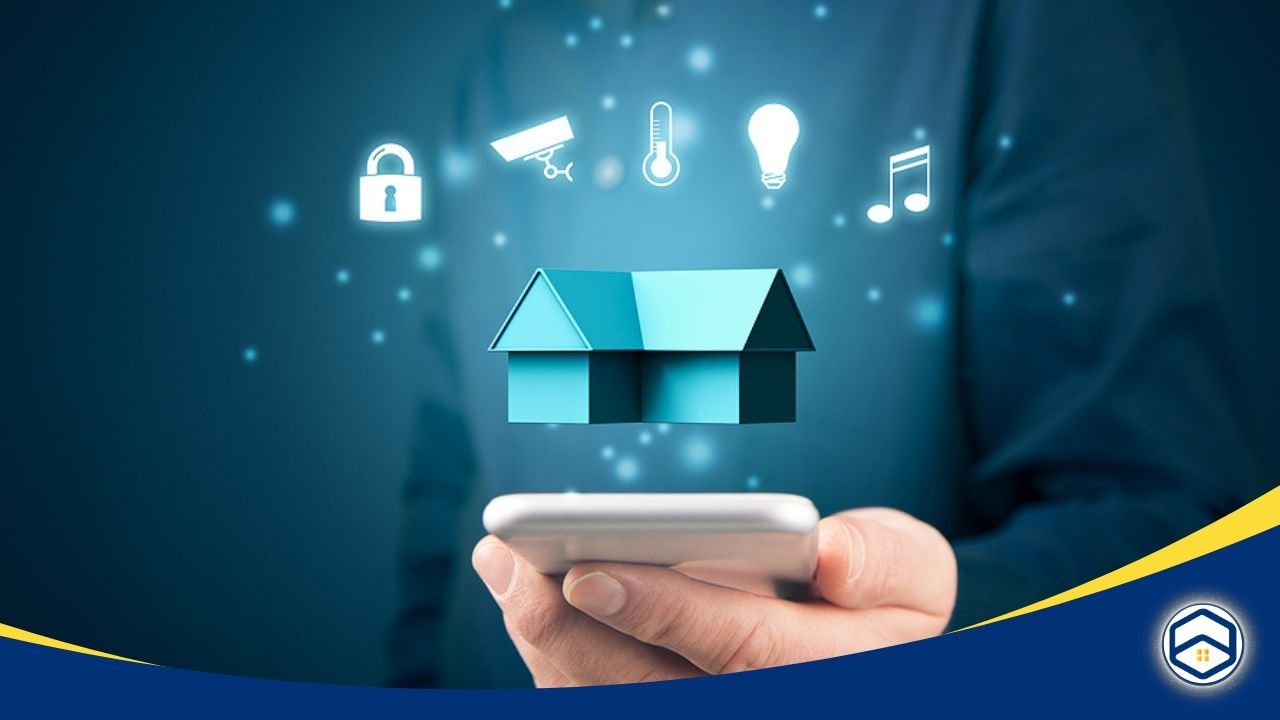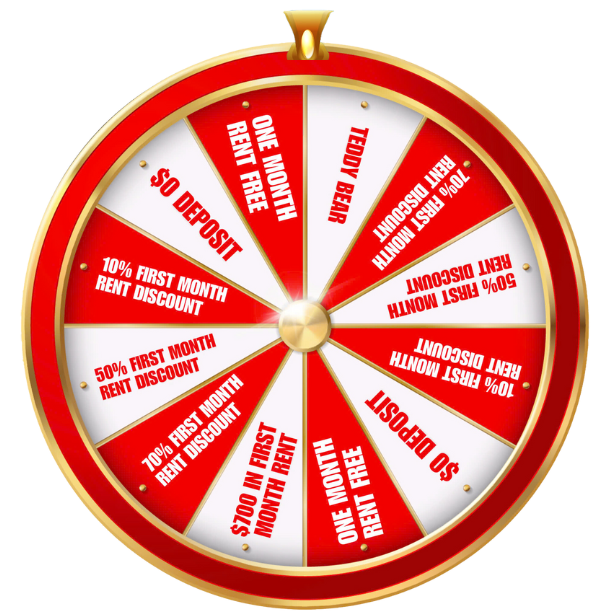In recent years, smart home technology has revolutionized the way we interact with our living spaces. From thermostats that learn our preferences to security cameras that keep our homes safe, the array of available devices continues to expand rapidly. But what exactly are the metrics and insights driving the adoption of these innovative solutions? Let’s delve into the trends shaping the landscape of smart home technology adoption rates.
Understanding the Landscape

According to the latest statistics from the United States Census Bureau, the adoption of smart home technology is experiencing a remarkable surge, showcasing a clear upward trajectory in smart home technology adoption rates. As of the most recent data available in September 2023, it’s been revealed that approximately 42% of households across the nation have eagerly embraced at least one form of smart home device. This statistic underscores a significant shift in consumer behavior and preferences toward embracing innovative solutions that enhance convenience, efficiency, and security within the home environment.
The range of smart home devices embraced by households is diverse and spans various categories, reflecting the multifaceted nature of modern technological advancements and driving smart home technology adoption rates. From smart thermostats that intelligently regulate indoor temperatures to lighting systems that adapt to occupants’ preferences and schedules, the array of available options cater to different needs and preferences. Additionally, security cameras equipped with advanced features like motion detection and remote monitoring offer homeowners peace of mind by providing enhanced surveillance capabilities. Moreover, voice-controlled assistants such as virtual home assistants have become increasingly popular, offering hands-free control over various smart home devices and functions, further integrating technology seamlessly into daily routines.
This data not only highlights the prevalence of smart home devices but also underscores the widespread acceptance and integration of IoT (Internet of Things) technology into everyday life. The growing adoption of smart home solutions signifies a shift towards more connected and automated living spaces, where devices communicate with each other to streamline tasks and improve overall functionality.
Furthermore, the steady rise in smart home adoption rates speaks volumes about the evolving needs and priorities of modern households. As consumers increasingly prioritize convenience, energy efficiency, and security, smart home technology emerges as a solution that addresses these concerns comprehensively. The adoption of smart home technology is not merely a trend but rather a fundamental shift in how people interact with their living spaces. As technology continues to advance and become more accessible, the adoption rates are expected to rise further, reshaping the way we perceive and utilize our homes.
Factors Driving Adoption

Several factors converge to fuel the remarkable surge in smart home technology adoption rates, reflecting a dynamic interplay of evolving consumer preferences, technological advancements, and societal trends. One primary catalyst driving this phenomenon is the growing accessibility and affordability of smart home devices, which has significantly lowered barriers to entry for a wider demographic spectrum. Data sourced from the Bureau of Labor Statistics underscores this trend, revealing a discernible decline in the average prices of smart home gadgets over the past few years. This reduction in costs has democratized access to smart home technology, making it more attainable for households across various income brackets.
Beyond the realm of energy management, the allure of smart home technology extends to encompass various facets of modern living, including convenience, security, and connectivity, influencing smart home technology adoption rates. Smart lighting systems equipped with motion sensors and programmable settings offer unparalleled convenience by automatically adjusting brightness levels and lighting schedules to suit occupants’ preferences and activities. Similarly, security cameras outfitted with AI-powered features like facial recognition and real-time alerts provide homeowners with enhanced surveillance capabilities and peace of mind, bolstering home security in an increasingly digital age.
Demographic Insights
Analyzing demographic data unveils intricate insights into the profile of early adopters propelling the surge in smart home technology adoption rates. According to comprehensive studies conducted by the US Department of Housing and Urban Development, it becomes evident that urban areas boost significantly higher adoption rates compared to their rural counterparts. This disparity can be attributed to a myriad of factors, chief among them being the variance in infrastructure availability and lifestyle preferences between urban and rural settings.
Urban environments typically offer more robust and advanced infrastructure, including high-speed internet connectivity and widespread access to smart grid technologies, laying a solid foundation for the seamless integration of smart home devices and contributing to higher smart home technology adoption rates. Moreover, the fast-paced nature of urban life often fosters a culture of innovation and technological adoption, with urban dwellers embracing cutting-edge solutions to streamline daily routines and enhance the quality of life.
Conversely, rural regions may face challenges related to limited access to broadband internet and less developed infrastructure, posing obstacles to the widespread adoption of smart home technology. While the potential benefits of smart home devices remain universally appealing, the feasibility and practicality of implementation may vary based on geographical location and resource availability, influencing smart home technology adoption rates.
Furthermore, age demographics emerge as a significant determinant shaping the landscape of smart home technology adoption rates, with millennials and Generation Z at the forefront of this transformative trend. Endowed with a natural affinity for technology and digital innovation, younger generations exhibit a predisposition towards embracing smart home innovations as integral components of modern living, thus contributing to higher smart home technology adoption rates.
The tech-savvy nature of millennials and Gen Z, coupled with their penchant for convenience and connectivity, renders them prime candidates for integrating smart devices into their living spaces. Raised in an era characterized by rapid technological advancement and digital immersion, these cohorts are inherently comfortable with navigating complex digital ecosystems and leveraging technology to streamline daily routines and enhance productivity.
Moreover, the evolving lifestyles and preferences of younger demographics further drive the adoption of smart home technology, as they prioritize flexibility, customization, and seamless connectivity in their living environments. Smart home devices offer a plethora of features and functionalities tailored to cater to these preferences, ranging from voice-controlled assistants that facilitate hands-free operation to smart appliances that enhance efficiency and convenience.
Challenges and Opportunities

Despite the undeniable upward trajectory in smart home technology adoption rates, several challenges persist, hindering widespread acceptance and adoption among consumers. Among the most pressing concerns is the issue of data privacy and security, which continues to loom large in the minds of homeowners. Instances of data breaches and privacy violations have heightened consumer apprehensions, prompting a renewed emphasis on the need for robust cybersecurity measures and transparent data handling practices by manufacturers.
In an era marked by increasing digitization and connectivity, smart home devices collect and transmit vast amounts of sensitive personal data, driving concerns about privacy and security among consumers and influencing smart home technology adoption rates. Ranging from household routines and preferences to intimate details of daily life, this data holds potential repercussions of unauthorized access or misuse, encompassing breaches of privacy, physical security risks, and financial well-being. Against this backdrop, consumers rightly demand assurances that their data will be safeguarded against unauthorized access and exploitation.
Addressing these concerns necessitates a multifaceted approach, wherein manufacturers and industry stakeholders collaborate to implement stringent cybersecurity protocols and adopt transparent data handling practices. This entails incorporating encryption technologies, authentication mechanisms, and secure communication protocols into smart home devices to fortify defenses against cyber threats and unauthorized access. Moreover, manufacturers must adopt a proactive stance towards privacy by design, embedding privacy-enhancing features and controls into their products from the outset.
Future Outlook

Looking ahead, the trajectory of smart home technology adoption rates paints a promising picture, offering a glimpse into a future where innovation and connectivity redefine the very fabric of modern living. Forecasts provided by the US Department of Commerce serve as a beacon of optimism, projecting sustained growth in adoption rates as technological advancements continue to drive the evolution of smart home ecosystems.
As we peer into the horizon, it becomes increasingly evident that the convergence of emerging technologies will usher in a new era of smart home innovation. From artificial intelligence and machine learning to augmented reality and blockchain, the amalgamation of these cutting-edge technologies promises to revolutionize the way we interact with our living spaces. Imagine a home where AI-powered virtual assistants anticipate our needs before we even articulate them, seamlessly orchestrating an array of interconnected devices to create personalized experiences tailored to our preferences and routines.
Moreover, the proliferation of IoT (Internet of Things) devices and the advent of 5G technology are poised to catalyze the proliferation of smart home solutions, enabling faster data transmission, lower latency, and enhanced connectivity. With 5G networks serving as the backbone of the smart home ecosystem, homeowners can expect seamless integration and real-time responsiveness across a myriad of devices, from smart appliances and wearables to autonomous vehicles and smart city infrastructure.
Conclusion
In conclusion, the metrics and insights into smart home technology adoption rates shed light on the trends shaping modern living. From the rise of connected living spaces to the diverse range of devices available, smart home technology continues to redefine the way we interact with our homes, promising a future of enhanced comfort, efficiency, and connectivity.











